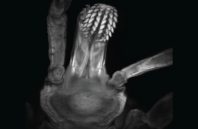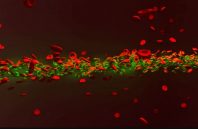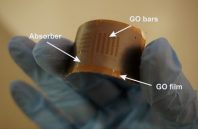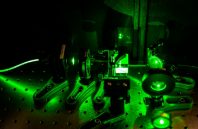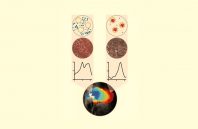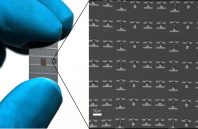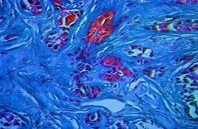In an important step toward performing medical diagnoses using handheld devices, the researchers have adapted silicon chip technology similar to that found in personal computers and mobile phones to function as a biosensor. The technology uses tiny metal layers embedded...
Read more
New Technology Marks A Key Step Toward Shrinking A Medical Lab To Fit On Fingertip
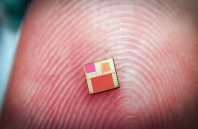

 (585) 768-2513
(585) 768-2513

